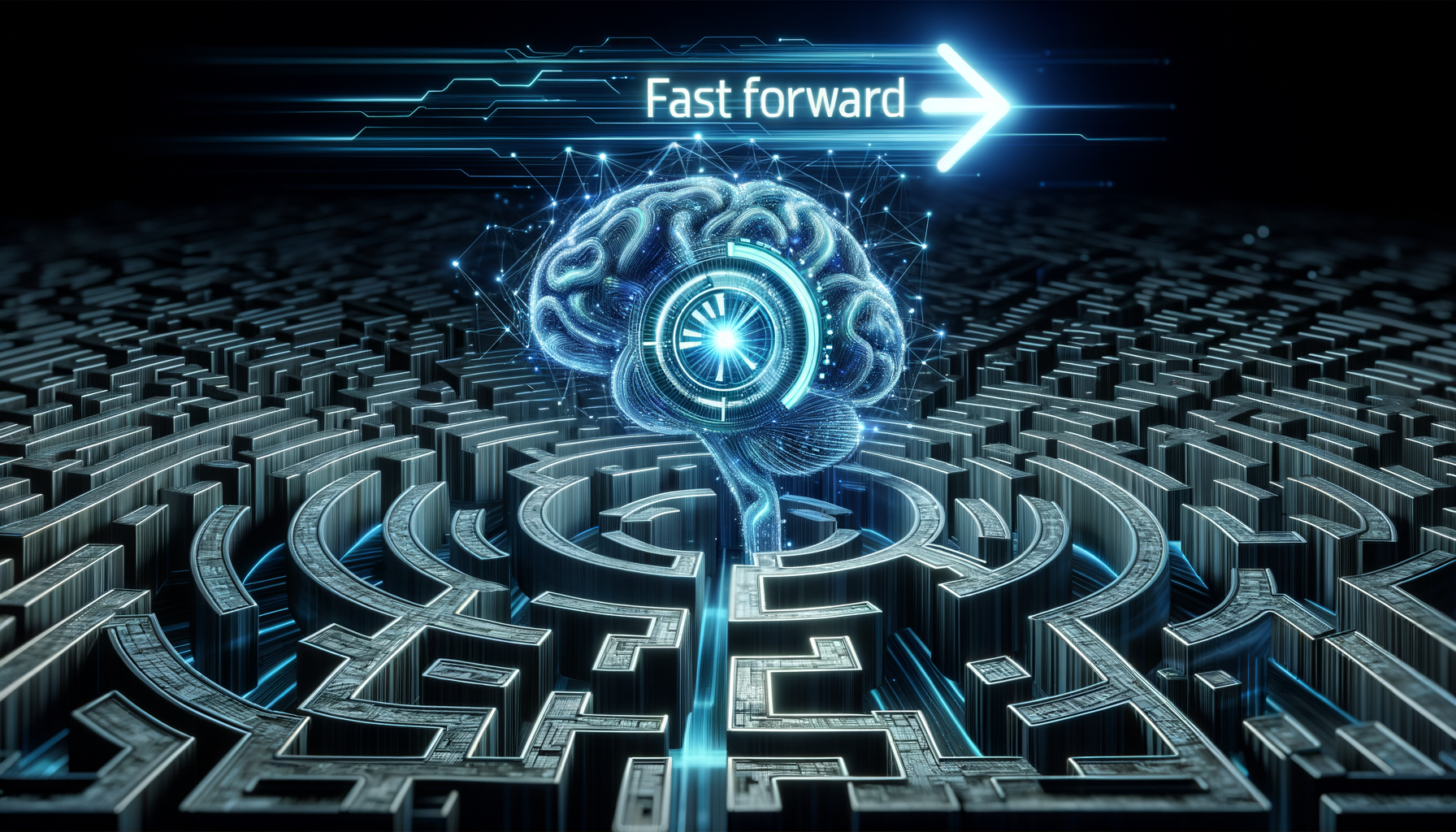
Unlocking Efficiency: Data-Driven Approaches to Complex Optimization Problems
Optimization problems are at the core of many industries, from logistics and transportation to energy management and manufacturing. As businesses and infrastructures grow increasingly complex, finding the most efficient solutions to these problems becomes even more critical. In the age of big data and advanced analytics, a new data-driven approach promises to revolutionize the way we tackle these challenges, particularly in the fields of global package routing and power grid operation.
The Challenge of Optimization in Complex Systems
Global package routing involves managing and coordinating the delivery of millions of items across the world. It requires making real-time decisions on routing, scheduling, and resource allocation, all while considering factors like traffic, weather, and service levels. Similarly, power grid operation demands a delicate balance between energy supply and demand, ensuring reliability and efficiency, and incorporating renewable energy sources into the grid.
Traditional methods for solving these optimization problems often rely on heuristic or model-based approaches that can fall short when faced with real-world complexity and variability. However, the rise of machine learning and AI has paved the way for more adaptive and scalable solutions.
Data-Driven Optimization: A New Frontier
Data-driven optimization leverages large datasets, machine learning algorithms, and sometimes real-time data to make more informed and dynamic decisions. By analyzing historical and current data, these systems can predict patterns, identify inefficiencies, and suggest optimal solutions that humans might not be able to discern.
In the context of global package routing, data-driven systems can optimize delivery routes by considering the constantly changing variables that affect transit times. For power grid operators, AI can forecast energy demand and supply with high accuracy, facilitating better grid management and reducing waste.
Implementing Data-Driven Solutions
To implement data-driven optimization, businesses and organizations need to invest in the right tools and technologies. This includes robust data analytics software, AI platforms, and IoT devices for data collection. Here are some products and resources that can help in adopting a data-driven approach:
- Data Analytics Software: Software solutions that can process and analyze large volumes of data are essential for uncovering insights and driving optimization.
- AI Platforms: These platforms provide the machine learning capabilities necessary to predict outcomes and recommend decisions.
- IoT Devices: Internet of Things (IoT) devices can gather real-time data from various points in a supply chain or energy grid, feeding into the AI’s decision-making process.
Case Studies and Success Stories
Several companies have already begun to see the benefits of data-driven optimization. For instance, major shipping companies have improved their on-time delivery rates while reducing costs through dynamic routing algorithms. Energy companies have used predictive analytics to anticipate demand spikes and adjust their operations accordingly, resulting in lower energy prices and more stable grids.
The Future of Optimization
The potential of data-driven approaches is vast, and we are only just scratching the surface of what’s possible. As technology continues to advance, we can expect even more sophisticated solutions to emerge. These will not only enhance operational efficiency but also contribute to sustainability by optimizing resource use and reducing waste.
For businesses looking to stay competitive and for societies aiming to manage their resources better, embracing data-driven optimization is not just an option—it’s becoming a necessity. By investing in the right technologies and expertise, we can solve some of the most pressing optimization problems of our time and pave the way for a more efficient and sustainable future.
Conclusion
In conclusion, data-driven optimization represents a significant leap forward in solving complex optimization problems such as global package routing and power grid operation. By harnessing the power of big data, AI, and IoT, businesses and utilities can achieve unprecedented levels of efficiency and reliability. As we continue to innovate, the solutions we develop today will shape the operational landscapes of tomorrow.
For those interested in exploring these technologies further, consider researching products and resources that can help integrate data-driven optimization into your operations. Embrace the future of optimization and witness the transformative impact it can have on your business and the world around us.